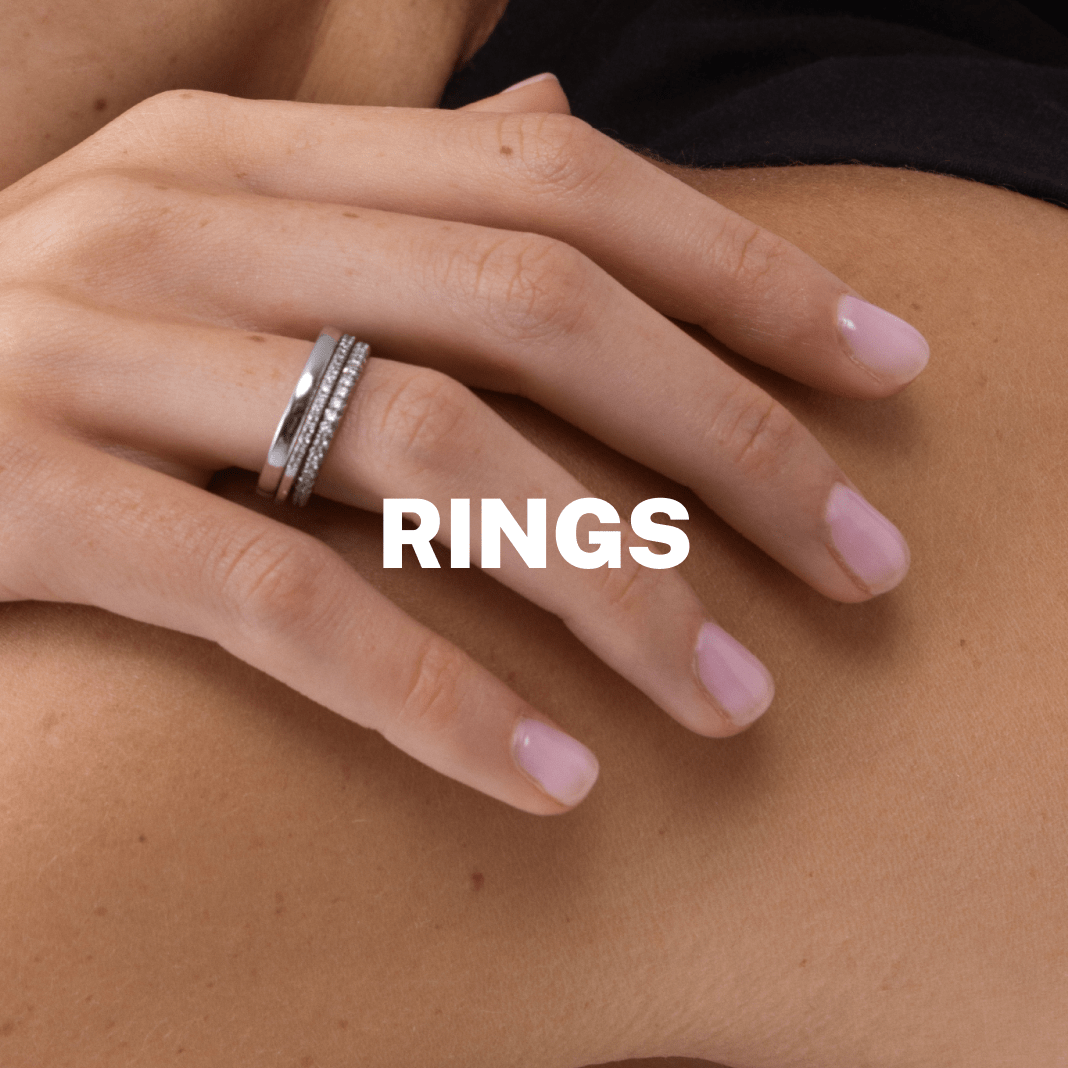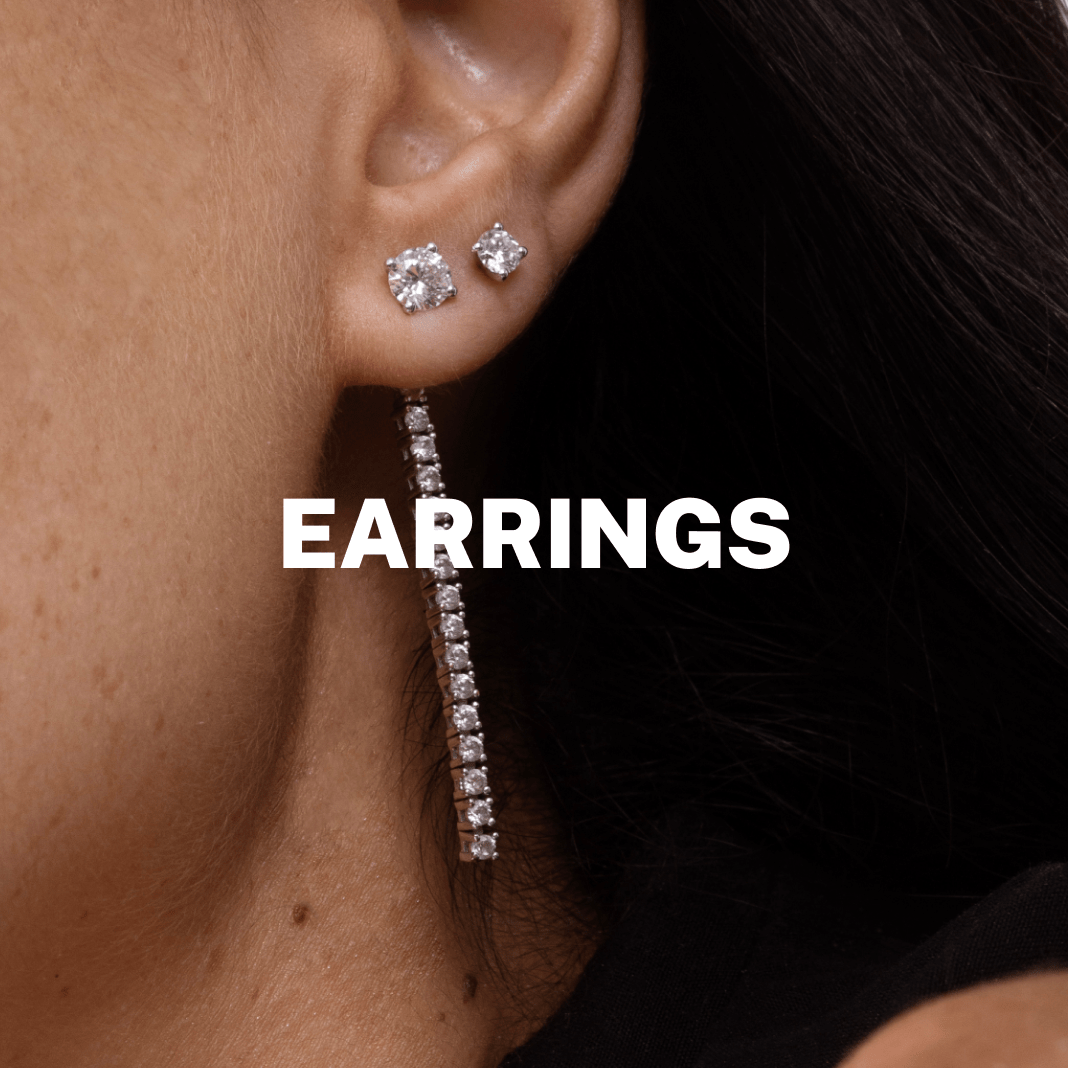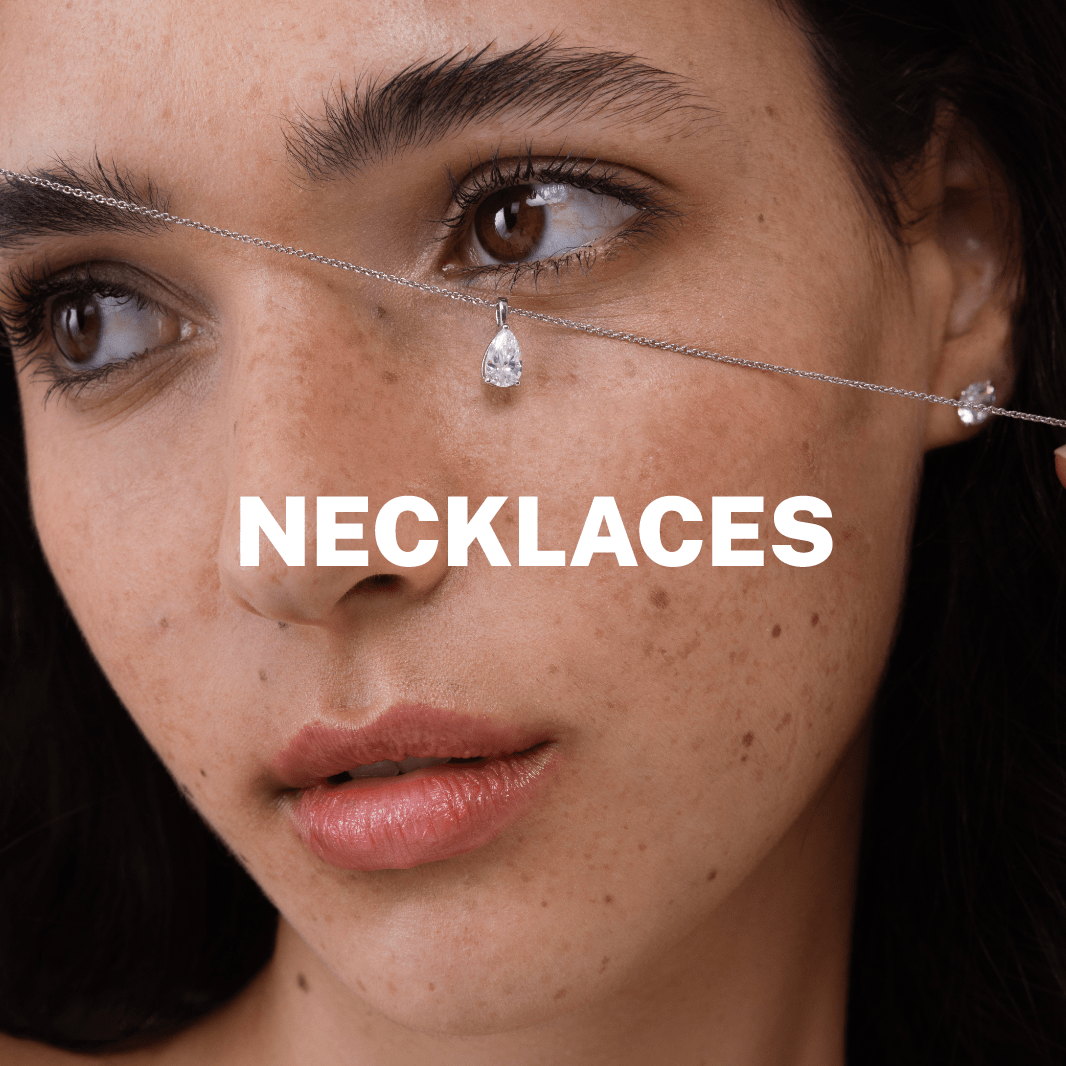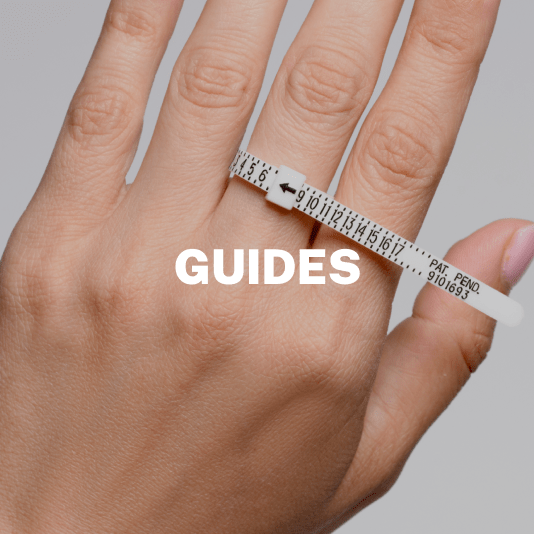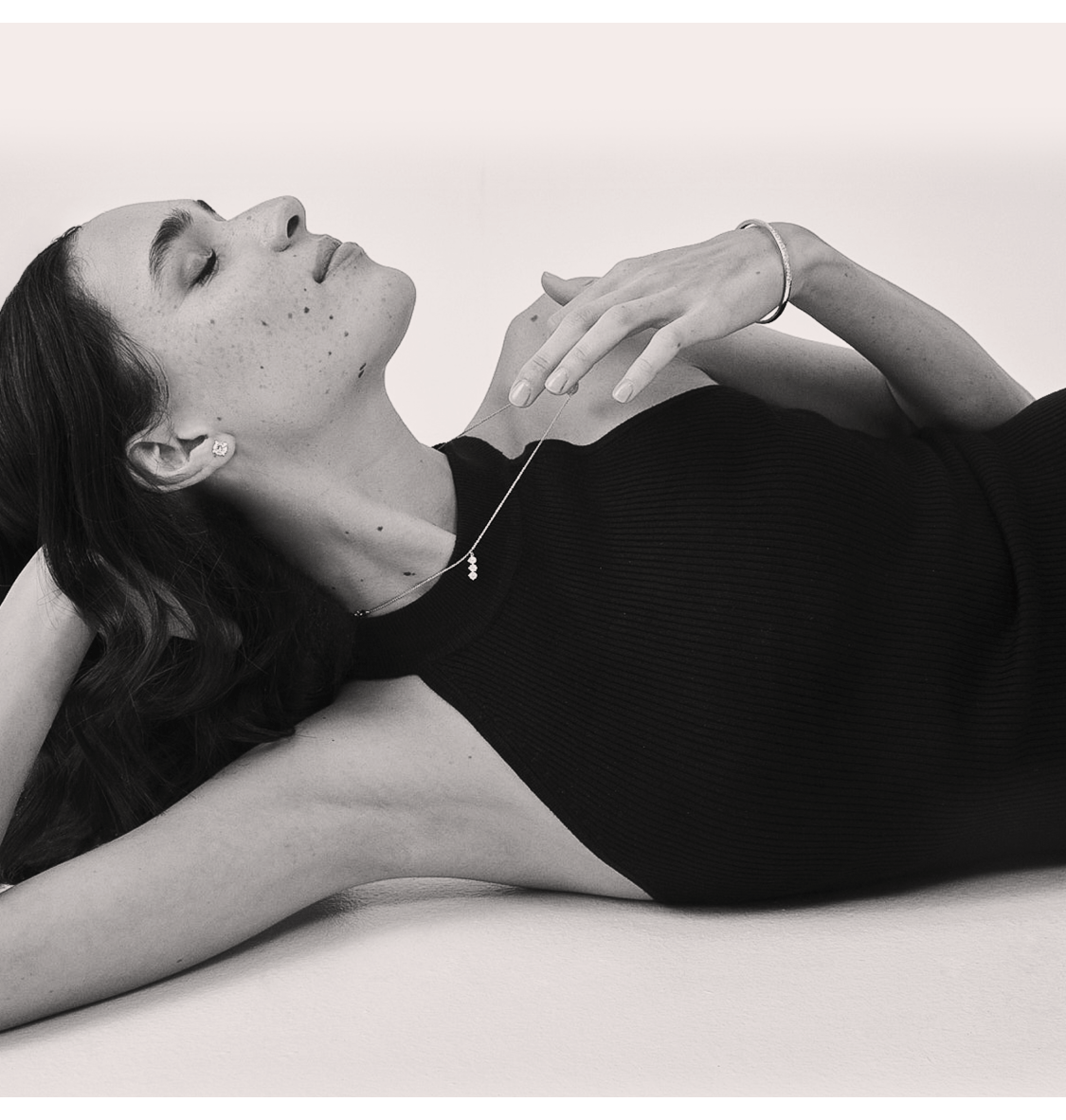


F Color Diamond: A Near-Colorless Sparkle
Thu, Nov 27, 2025
The search for the perfect diamond inevitably leads to the 4Cs, and for many discerning buyers, the color grade represents the most critical balance between visual perfection and budget. Within the colorless and near-colorless range, the F color diamond stands out as an exceptional choice. It represents the very best of the near-colorless category, offering a stunning, icy-white appearance without the significant price premium commanded by the highest D and E grades.
Understanding the specific qualities of the f color diamond is key to making a smart purchase. This guide will explore exactly what is f color diamond within the GIA grading scale, discuss the practical f color diamond meaning for buyers, and explain why choosing an F color diamond vs1 or VVS clarity stone can often be the best way to maximize both quality and value in your engagement ring or fine jewelry selection.
What is F Color Diamond? Defining the Near-Colorless Tier
The GIA (Gemological Institute of America) color scale grades diamonds from D (completely colorless) down to Z (light yellow or brown). This scale is divided into distinct categories, and the F color diamond sits at the top of the Near-Colorless range.

The Diamond Color Grading Scale
| Category | Grades | Description |
| Colorless | D, E, F | Absolutely no discernible color in the rough or face-up. |
| Near Colorless | G, H, I, J | Colorless when viewed face-up, with tint detectable only by a trained professional or when viewed face-down against a bright white background. |
| Faint | K, L, M | Faint yellow tint is noticeable to the naked eye. |
| Very Light | N - R | Very light yellow tint is readily visible. |
| Light | S - Z | Light yellow or brown tint. |
The F color diamond is the final grade in the colorless category. It is visually indistinguishable from D and E diamonds to the naked, untrained eye, yet it is technically classified as "Near-Colorless" due to the slightest trace of color that is only detectable by a trained professional using $10\times$ magnification and specific controlled lighting conditions.
F Color Diamond Meaning in Practical Terms
The practical f color diamond meaning for a buyer is this: You get the aesthetic benefit of a perfectly colorless diamond without paying the premium for laboratory rarity.
-
Aesthetic: The diamond appears perfectly white and colorless.
-
Value: It offers a better price-to-visual-quality ratio than a D or E color stone.
-
Setting Versatility: F color is white enough to be perfectly set in platinum, white gold, or even rose gold without showing any tint, making it highly versatile.
F Color Diamond vs. The Rest of the Scale: Where is the Value?
To truly appreciate the value of the F color diamond, it helps to compare it directly to its neighbors on the color scale.

F vs. D & E (The Colorless Elite)
-
D Color: The absolute absence of color. Commands the highest price due to extreme rarity.
-
E Color: Virtually identical to D, with an even tinier trace of color than F. Still commands a significant price premium.
-
F Color: Offers a 5% to 15% discount compared to E, and often a 20% to 30% discount compared to D, while appearing functionally identical once set in a ring. For a buyer prioritizing budget efficiency, the F color diamond is the superior choice.
F vs. G & H (The Near-Colorless Sweet Spot)
-
G Color: The first true grade of the Near-Colorless category. G diamonds are an excellent value and still appear white.
-
H Color: The most popular grade, offering the best budget-to-size ratio, though a slight warmth may be detectable in larger stones (2 carats and up), especially when viewed against white surroundings.
-
The F Advantage: Diamond color F is the last grade where you can be completely assured that even in the largest size stones (3 carats and above), and in all lighting conditions, no warmth will be detected by the naked eye. It provides an extra layer of confidence that G and H may not always guarantee in very large diamonds.
Prioritizing Clarity: F Color Diamond VS1 and VVS
When investing in a high-quality color grade like F, it is crucial to ensure the clarity and cut match the color's perfection. A brilliant cut and high clarity will maximize the diamond's light return, enhancing the perception of its whiteness.
The optimal pairings for an F-color diamond often involve the VS and VVS clarity grades:
The F Color Diamond VS1 Pairing
-
VS1 Clarity (Very Slightly Included 1): Inclusions are difficult to see under $10\times$ magnification. They are never visible to the naked eye.
-
Why VS1 Works: The f color diamond vs1 combination is often considered the best value pairing. VS1 clarity provides a guaranteed "eye-clean" stone, eliminating the need to pay for the extreme rarity of VVS grades. This allows you to allocate more budget to the size (carat weight) or the cut (which is the most important C for sparkle).
The F Color Diamond VVS Pairing
-
VVS Clarity (Very, Very Slightly Included): Inclusions are minute and extremely difficult to locate even by a skilled grader under $10\times$ magnification.
-
Why VVS Works: If you are buying a large, high-carat diamond (3 carats and up) or a step-cut stone (like an emerald cut or asscher cut) that emphasizes clarity, pairing the F color with a VVS grade ensures total optical perfection. This combination is popular with buyers seeking absolute, uncompromising technical excellence.
The Impact of Cut and Fluorescence on F Color Diamonds
For any diamond, the Cut is the most crucial of the 4Cs, and its importance is amplified for a high-color stone.
The Role of Cut
An Excellent or Ideal cut will maximize the diamond's fire, brilliance, and scintillation. A poorly cut F color diamond will look dull and lackluster, completely defeating the purpose of paying for a superior color. Conversely, an excellently cut G or H color diamond will often appear brighter and whiter than a poorly cut F color. Always prioritize the Cut over the Color grade.
Fluorescence and F Color
Fluorescence is a natural characteristic found in about $25\%$ to $35\%$ of diamonds, causing them to emit a soft glow (usually blue) under UV light (like backlights).
-
Low-Color Diamonds (I, J, K): Medium to strong blue fluorescence can sometimes be beneficial, making a slightly warm diamond appear whiter.
-
F Color Diamonds: For diamonds in the D-H range, medium to strong fluorescence can sometimes cause the stone to appear slightly hazy, cloudy, or "oily" in direct sunlight. Therefore, with a high-color grade like F, it is generally recommended to stick with None or Faint fluorescence to maintain optimal clarity and brilliance in all lighting conditions.
Popular Settings for an F Color Diamond
Because the f color diamond is perfectly white, it is the most versatile color grade for all metal and setting choices.
-
Platinum or White Gold: These white metals beautifully complement the icy appearance of the F color, emphasizing its lack of warmth.
-
Yellow Gold or Rose Gold: Unlike lower grades (I or J), the F color diamond will not absorb the warmth of yellow or rose gold settings. The diamond remains distinctly white, creating a beautiful contrast against the warm metal, a popular choice for classic solitaire settings.
-
Halo Settings: When pairing an F-color center stone with accent stones in a halo, it is important to ensure the accent stones are also high color (at least F, or G at minimum). If the accent stones are too low (e.g., I or J), the center diamond color F will make the surrounding stones look noticeably warm.
F Color Diamond: A Smart Choice in the Lab Grown Market
The value of the F color diamond is amplified in the lab-grown market. Lab-grown diamonds are chemically and visually identical to mined diamonds but cost significantly less.
For buyers choosing a lab-grown stone, the savings are substantial enough that many can afford an F-color, VS1 clarity stone for the price they might pay for a G-color mined stone. Choosing an F-color lab-grown diamond allows you to achieve absolute visual perfection while still realizing massive financial savings.
In conclusion, the F color diamond represents the perfect point on the color scale where visual excellence meets intelligent value. It is the highest-quality color grade that avoids the emotional scarcity tax of D and E, delivering an indisputably colorless appearance for the life of the ring.
